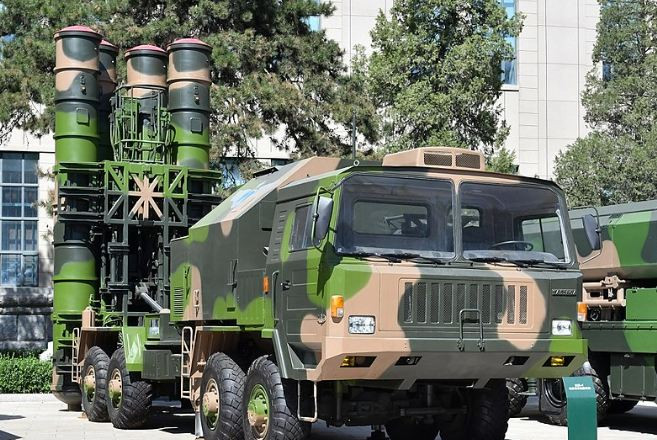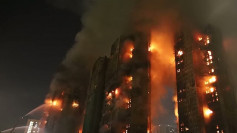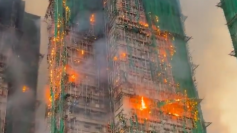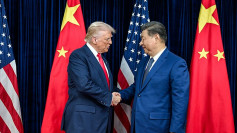Chinese scientists are currently improving the control system of China's most important surface-to-air missile (SAM) system -- the 20-year-old HQ-9 medium- to long-range, active radar homing missile.
This job has fallen to researchers at the Second Academy Zhang Yiqun Laboratory of the China Aerospace Science and Industry Corporation, China's major developer of air-defense weapons systems. Compared to previous iterations of the HQ-9 (Red Banner-9), the new-generation missile will be able to engage a larger number of aerial targets and will be much more technologically sophisticated, said Wang Mengyi, deputy head of the Second Academy's General Design Department.
Wang said the new missile's control systems have to be extremely efficient and accurate. "Metaphorically put, the mission of these control systems is to guide a needle to fly 1,000 kilometers to pierce the eye of another needle," he said. "For researchers from Zhang Yiqun Laboratory, their mission is to turn this seemingly impossible task into reality."
Wang said control systems, of the brains of a missile, are mainly tasked with working out a missile's best trajectory and making sure it hits its target. He said researchers have adopted new design methods that have tremendously reduced design time and improved missile performance. Researchers are also working on improving the accuracy of control systems and optimizing the algorithms central to their accuracy.
The missile has a slant range of 200 km and carries a 180 kg warhead. It has a flight ceiling of 27 km.
The HQ-9 is the main surface-to-air (SAM) missile system defending China's militarized man-made islands in the South China Sea, hence its importance to the People's Liberation Army (PLA).In 2017, the PLA completed the construction of some two dozen covered emplacements protecting its HQ-9 SAM batteries on its seven militarized islands in the South China Sea.
U.S. government officials said the new emplacements have retractable roofs that open to allow the truck mounted HQ-9 to fire. HQ-9 batteries have been emplaced on Woody Island, the largest of the Paracel Islands (also claimed by Vietnam).
A typical HQ-9 battery consists of one Type 305B search radar; one tracking radar; one 200 kW Diesel generator truck and eight Transporter Erector Launchers (TELs), each with 4 missiles for a total of 32 missiles ready to fire. This hardware is usually mounted on Taian TA580/TAS5380 trucks.
"This is part of their effort to eventually control that First Island Chain in the South China Sea and assert their claim, even though they have been completely repudiated by the Permanent Court of Arbitration in The Hague, based on the Law of the Sea Treaty, of which they are a member," said Robert Manning, a senior fellow at the Atlantic Council.






